
Realme 8 Pro Review: The latest in a line of affordable phones where photography is put first
Realme 8 Pro
£279Pros
- The 60Hz display is bright and vivid; perfect for photos and video...
- ...which is just as well given the excellent 108-megapixel sensor packed in
- Excellent Battery life and fast charging
- Realme has reputation of regular software updates
- Excellent value for photography nuts that can spare some other features
Cons
- No 5G
- No telephoto camera (quality drops after 3x zoom)
- Loss of stereo sound from Realme 7 Pro
It’s been six months since Realme launched the Realme 7 Pro, and now it has a facelifted design and a better camera. But is it a big enough upgrade?
It might be easy to be overly critical and say the Realme 8 Pro is just last year’s 7 Pro with a different camera thrown in, because that isn’t far from the truth, but it’d doubtful Realme is expecting 7 Pro owners to upgrade.
The phone does use the same chipset and has many similar features to the 7 Pro, but the original was a great offering and a good foundation to build upon.
The only disappointment for a 2021 phone, especially one with ‘Pro’ in its name, is the lack of 5G. Going by Realme’s late arrival of the Realme 7 5G before Christmas, chances are a separate 5G model is on the horizon. However, if history repeats itself, the 5G phone may come with a different, lesser, camera module.
You see this is designed to be a highly affordable phone, and in order to include features similar in nature to the far more expensive models, something has to give. That means the Pro gets the best camera, the 5G model gets, well, 5G.
Before reading this review, it might be a good idea to refer to my in-depth Realme 7 Pro review as there will be aspects of this phone that I don’t need to repeat. At the end of the review, you may even decide that the outgoing model is more suited for you, especially if it gets a significant price cut.
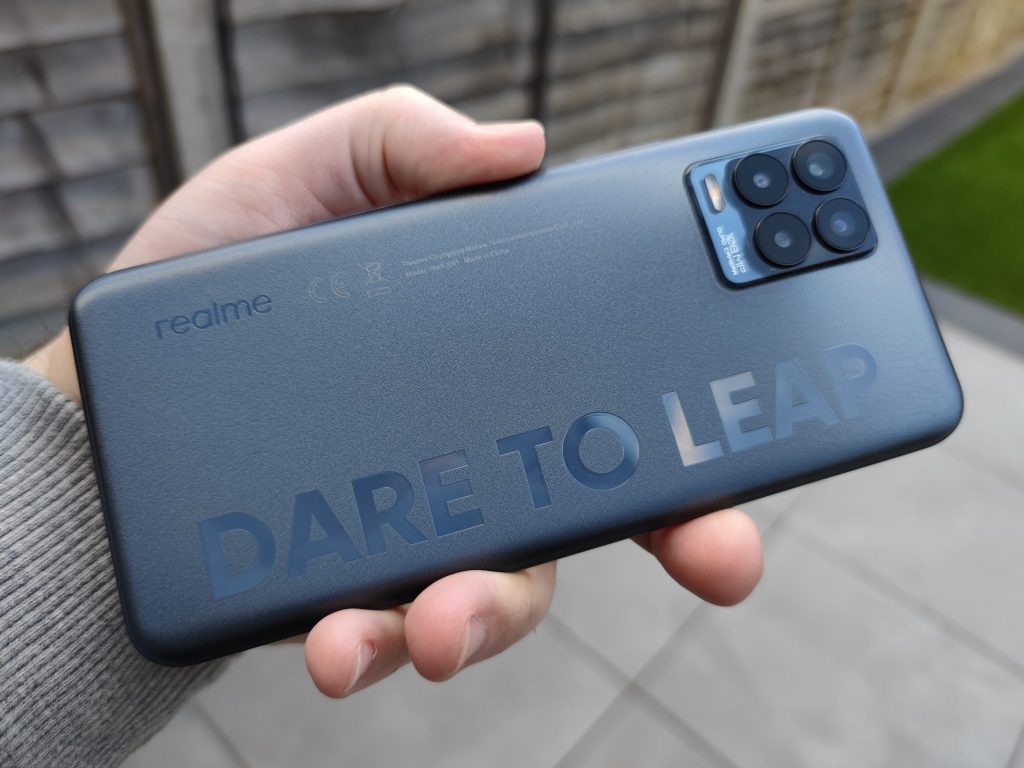
Design and Build
The first thing you’ve probably noticed is that the Realme 8 Pro has the ‘Dare to Leap’ moniker in big bold letters on the rear. Whereas such writing, including OnePlus’ Never Settle strapline, has previously adorned the in-box bundled case, this is embossed within the plastic shell of the phone itself.
The black model (as reviewed here) is more conservative looking than the blue, but a third black model removes the wording entirely if you so desire.
There’s also a bright yellow version that the press release boasts of having glow-in-the-dark features. That will be anything but conservative, but it won’t be coming to the UK (yet at least).
I actually got used to the design very quickly, and the use of plastic makes it a little easier to consider using without the in-box case, although that will leave those four camera lenses exposed to the elements.
Given the target market for Realme phones, the big and bold ‘Dare to Leap’ message might actually go down well, although I guess we’ll see how well people receive it by looking at what the phones look like this time next year. Focus groups and all that…
The bit of the phone you’ll be looking at more than the rear is the 6.4-inch AMOLED display, which includes a small selfie camera cutout (16-megapixels) and an in-glass fingerprint reader. There’s a fairly big chin in comparison to the other bezels.
With so many phones now offering screens with 90, 120 and even 144MHz refresh rates and above, the decision to stick at 60Hz here might be seen as outdated and, if you believe the hype, obsolete.
90Hz and above does bring a smoother look and feel to the user interface, but 60Hz is far from unusable. We’ve accepted 60Hz refresh rates in phones for years, and it’s still considered above average for things like video streaming and gaming.
Is it a little disappointing? Maybe. Is it beneficial for things like battery life? Arguably yes. Can you live with it? Absolutely.
The volume keys now reside on the right-hand side, suggesting there’s a different hardware design from last year, and this time around there’s no stereo audio – which might upset people far more than the screen refresh rate.
A 3.5mm headphone port is still included, and overall the phone is smaller in every dimension, as well as lighter.

Camera
Last year’s Realme 7 Pro introduced a 64-megapixel primary camera, and this year it has been bumped up to a 108-megapixel sensor, along with many updated camera features. A lot of these were talked about at Realme’s recent event exclusively focussing around the camera.
The rear camera setup comprises the following:
- 108-megapixel Samsung HM2 primary camera, f/1.88
- 8-megapixel ultra-wide, f/2.25 119 degree Field-of-View
- 2-megapixel macro camera (3cm), f/2.4
- 2-megapixel B&W portrait camera, f/2.4
- Dual-tone LED flash
With no telephoto camera, zooming on the Realme 8 Pro is done by cropping the primary camera image, and the maximum zoom offered is a rather brave 20x digital zoom.
You can only access the higher magnifications by manually selecting them, as the phone limits you in the viewfinder window to 0.6 (ultra-wide), 1x, 3x and 5x.
I took some photos using the higher magnifications on offer and, well, you’re really not going to use them unless your usage is going to be strictly limited to throwaway posts. The image processing at the high zoom levels is quite laughable, and it would have been wiser to top out at 5x entirely.
The Xiaomi Mi 11, also equipped with a 108-megapixel Samsung sensor (albeit blessed with OIS) does a far better job with these zoomed in shots (see below comparison), but even that has limits that wouldn’t exist had either model had a dedicated telephoto camera.
Instead of the telephoto camera that would have been useful, Realme has opted to include two-megapixel sensors for portrait photos and macro shots. The former aids the primary camera for depth detection, while the second allows close-up photos but at a resolution that is pretty much useless.
Neither bring anything to the table except allowing the phone to sell with four cameras on the back. One of those should have been a telephoto camera in my opinion.
But, if you ignore the crazy levels of zoom you won’t be using most of the time, having a range of 0.6x to 3x/5x gives plenty of flexibility, and if my rant above sounds overly negative, I should point out that the primary camera is excellent.
If the lighting is good, a photo taken with the full 108-megapixels will look amazing (otherwise the phone uses 9-in-1 pixel binning to create a 4,000 x 3,000 pixel image) unless you zoom right in at 100%. Given 108-megapixel images are a whopping 12,000 x 9,000 pixels, you probably won’t want or need to create images this big. Not only do they approach around 50MB each, but it can really slow down image processing and upload times.
Zoom Comparisons
Two phones, two 108-megapixel Samsung primary cameras. To give some context, bear in mind the Xiaomi Mi 11 starts at £749.
For the 3x mode, the Realme 8 Pro uses an in-sensor zoom that uses 12-megapixels of the overall sensor, and takes eight shots in quick succession to merge into an overall image that captures more light and data. It reduces the post-processing time significantly.
Overall the Mi 11 is better overall (with more accurate colour saturation too), but the real differences in detail don’t really show until you use higher zoom levels, when both are far from good.
A telephoto camera would be beneficial for both phones, but do you often take photos at 10 to 20 or 30X zoom? If so, neither phone is likely for you.

Realme 8 Pro 0.6X 
Xiaomi Mi 11 0.6X 
Realme 8 Pro 1X 
Xiaomi Mi 11 1X 
Realme 8 Pro 3X 
Xiaomi Mi 11 2X 
Realme 8 Pro 5X 
Xiaomi Mi 11 5X 
Realme 8 Pro 10X 
Xiaomi Mi 11 10X 
Xiaomi Mi 11 30X 
Realme 8 Pro 20X
Times are a shifting
Tilt-shift is a new photo mode on the Realme 8 Pro that allows you to take photos natively that have a ‘model village’ look, and it works for video too. It takes a bit of effort to get things right, and you can adjust the band (or circle) that keeps an area in focus while everything else gets blurred.
I think I managed a few nice results for stills, but found it very hard to get video right. Practice makes perfect, but it’s a very niche feature best used for shooting at a distance and perhaps too much effort for something you’ll probably use a few times and then never again.
It’s also a feature on the new OnePlus 9 series phones, so perhaps it will become a thing on all phones this year – but I am not so sure.
In addition to tilt-shift, Realme has also given the time-lapse function the ability to work with taking photos of the night sky to create some amazing moving starry-night video. Again, this is possibly not a feature you’ll use often – but it’s there and fun to toy around with, as long as you have a tripod or somewhere else to firmly anchor the phone (the slightest movement will ruin the overall effect).
Other new photo modes include better image processing of night scenes, especially of people in dark environments with bright lighting (such as neon lights). I wasn’t able to try this out, but there are a myriad of features with a clear emphasis on improving the scenarios popular with people wanting to share their lives on social media.
As we slowly move towards being able to go out again, these features are bound to prove popular. As no doubt modes like the dual-view video (using the front and rear cameras simultaneously), the dynamic bokeh mode that can cope with moving backgrounds, and these features also becoming available for the front-facing camera too.
The Realme 8 Pro can also record video at 4K 30fps, 1080p 60fps (main camera only) and 30fps using both the main and ultra-wide cameras.
It’s possible to zoom while recording video using the intertial zoom mode, but I found it was rather janky (despite the suggestion that it would be buttery smooth) and the focus tended to hunt throughout. Perhaps this will be improved with a future software update, but my advice would be to simply point-and-shoot. Audio capturing is decent, and your videos will be fine for sharing on social media.
Tilt-shift

Tilt-shift 
Tilt-shift 
Tilt-shift 
Tilt-shift
Attempts to get the same effect for video proved fruitless, but practice makes perfect and I can see this being something that might be entertaining to try out.
Photos
As long as you are aware of the limitations of the other cameras (or lack thereof) on the Realme 8 Pro, you’ll be hard pushed not to be impressed with the results below – proving that you don’t need to pay twice or triple the amount of money to get a decent camera experience.












Night 

Software

The Realme 7 Pro shipped with Android 10 and Realme UI 1, but the 8 Pro comes with Android 11 and Realme UI 2. Along with the new version of the UI comes improved font size/density settings, complete with a new system font that can be used.
The Always-on-Display is more limited in terms of customisation as other Realme phones with the same software build, but you can still keep the important information like time, date, battery and notification items displayed at all times.
Like the earlier version of Realme UI, there are so many customisation options for tiny little things like displaying seconds on the clock, changing gestures, managing power saving options, and controlling the display settings for things like colour saturation, image and video enhancements and more.
I did experience a rather odd bug on the firmware, whereby the screen dims over time when recording video, but this is clearly not an intended feature and should be fixed very soon (and when it is, I’ll amend this review accordingly).
Anyone who fears that a Chinese made phone might be devoid of essential access to Google services needn’t worry either, as the phone has full support of Google Mobile Services, including access to YouTube, Gmail, Google Drive, Google Pay etc.
Realme states in its press release that Realme UI 2 sees a 32% increase in system speed over the last generation, including faster app launching time. I was not able to test this scientifically, but the phone is certainly nimble enough to not disappoint.

Verdict
Powered by the same Qualcomm Snapdragon 720 SoC as last year’s Pro model, there’s not much reason to upgrade if you already own a 7 Pro – not least because that only came out about six months ago. I don’t think Realme is expecting anyone to do that though.
The key differences here are the big spec jump on the camera, as well as a smaller form factor, but it does come at the expense of losing the stereo sound and a slight drop in charging speed from 65W to 50W (the phone still ships with a 65W charger in the box).
Snapdragon 720 is a power efficient chipset, and keeps the phone running smoothly, but it is obviously a bit more dated now – especially at a time when 5G is beginning to become the norm, especially anything that has ‘Pro’ in the model name.
Not everyone is going to care about this though, especially anyone living far from 5G coverage, and for day-to-day usage you won’t notice any lagging or jankiness from the phone as you use it. 4G can still deliver high speeds, and the modem in the Realme 8 Pro is good for download speeds of up to 800Mbps (realistically, you can expect nearer 100-200Mbps).
The lack of a higher screen refresh rate seems like an acceptable compromises to gain a camera that until recently has only been something for people spending many hundreds of pounds more.
In terms of battery life, the multitude of power saving options on Realme UI (which can seem a little daunting at first) and a 4,500mAh battery means those battery anxiety issues will be kept at bay, as it will comfortably last a full day without even breaking a sweat.
Whether it’s Realme, Honor, Xiaomi (with its Redmi range) or any other manufacturer seeking to compete in the low to mid-range markets, there have to be some tough choices on what to include and what to omit to reach the target retail price which appeals to its userbase.
Realme has opted to use the numbered series (i.e. Realme 6, 7, 8 etc) of phones to promote mobile photography going forward, and while that does mean you shouldn’t expect class-leading chipsets from these, if you’re someone who lives and breathes sharing their social life online, you won’t go far wrong here.
Finally, as a footnote, it must be said that Realme has also shown throughout 2020 that it can and does provide regular Android security updates and firmware/OS updates, another consideration that is often not considered before purchase and then leaving you with a phone that never gets any updates at all.
Key Specifications
| Realme 8 Pro | Realme 7 Pro | |
|---|---|---|
| Size/Weight | 160.6 x 73.9 x 8.1mm / 176g | 160.9 x 74.3 x 8.7mm / 182g |
| Screen | 6.4-inch AMOLED FHD+ 1080×2400 pixels 60Hz refresh rate 20:9 aspect ratio 180Hz touch sampling 1000nits peak brightness | 6.4-inch AMOLED FHD+ 1080×2400 pixels 60Hz refresh rate 20:9 aspect ratio 180Hz touch sampling 430nits (600nits maximum) |
| Audio | Mono speaker (down firing) | Stereo speakers (right side and upper middle in landscape mode) |
| Chipset | Qualcomm Snapdragon 720G (8nm) Max freq 2.3GHz Adreno 618 GPU | Qualcomm Snapdragon 720G (8nm) Max freq 2.3GHz Adreno 618 GPU |
| RAM | 6GB or 8GB LPDDR4X | 8GB LPDDR4X |
| OS | Android 11 – Realme UI 2 | Android 10 – Realme UI 1 |
| Storage | 128GB UFS2.1 Dual Channel + microSDXC | 128GB UFS2.1 Dual Channel + microSDXC |
| Camera (front) | Punch-hole 16MP Sony IMX471 Fixed Focus (f/2.45) | Punch-hole 32MP camera Omnivision OV32A1Q Fixed Focus (f/2.5 85 degree Field-of-View) Video: 1080p 30fps with EIS |
| Camera (rear) | Primary: 108MP Samsung HM2 ‘Infinite Clarity’ (f/1.88) 9-in-1 pixel binning Ultra-wide: 8MP (f/2.25 119 degree Field-of-View) Macro: 2MP (f/2.4) B&W Portrait: 2MP (f/2.4) Video: 4K/30 1080p/60 with EIS | Primary: 64MP Sony IMX682 PDAF (f/1.8 78.6 degree Field-of-View) Ultra-wide: 8MP Hynix Hi846 Fixed Focus (f/2.3 119 degree FoV) Macro: 2MP GC02K0 Fixed Focus (f/2.4 83.5 degree FoV) Portrait: 2MP OV02B1B Fixed Focus (f/2.4 88.8 degree FoV) Video: 4K/30 1080p/60 with EIS |
| Connectivity | Dual band Wi-Fi 5 (1×1 MU-MIMO) 4G+ with VoLTE, ViLTE and VoWiFi Bluetooth 5.0 NFC USB-C 2.0 | Dual band Wi-Fi 5 (1×1 MU-MIMO) 4G+ with VoLTE, ViLTE and VoWiFi Bluetooth 5.0 NFC USB-C 2.0 |
| Battery | 4,500mAh 50W Super Dart charging 65W charger included in box | 4,500mAh 65W Super Dart charging + QC 2.0 + USB-PD 18W 0-100% 34 minutes with 65W |
| Other | Dual-mic noise cancellation 3.5mm headphone socket Protective case (clear) Factory fitted screen protector Dual-SIM (triple card slot for 1 or 2 SIMs + memory card) | Dual-mic noise cancellation Graphite heat dissipation 3.5mm headphone socket Protective case (clear) Factory fitted screen protector Dual-SIM (triple card slot for 1 or 2 SIMs + memory card) |
Pricing and Availability
The Realme 8 Pro is available in three colours; Infinite Black (reviewed), Infinite Blue, and Punk Black. No word of any availability of the Illuminating Yellow at this time.
The phone retails in the UK from March 31st at £279 with 8GB of RAM and 128GB of expandable storage.
It will be available direct from Realme and Amazon.


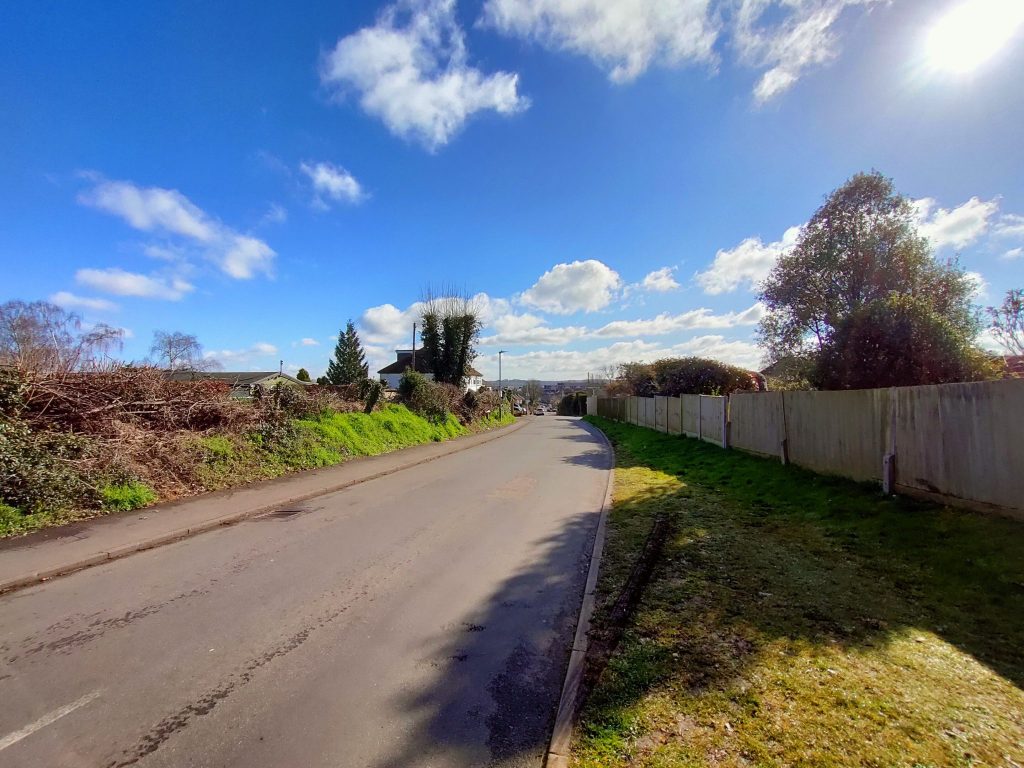

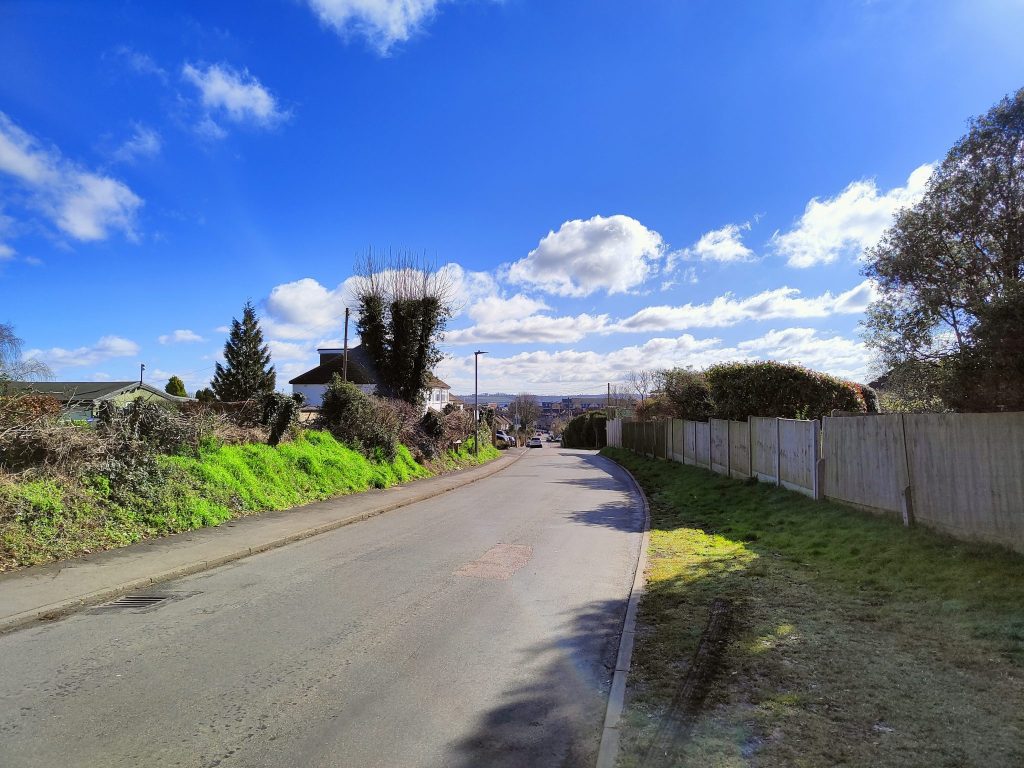
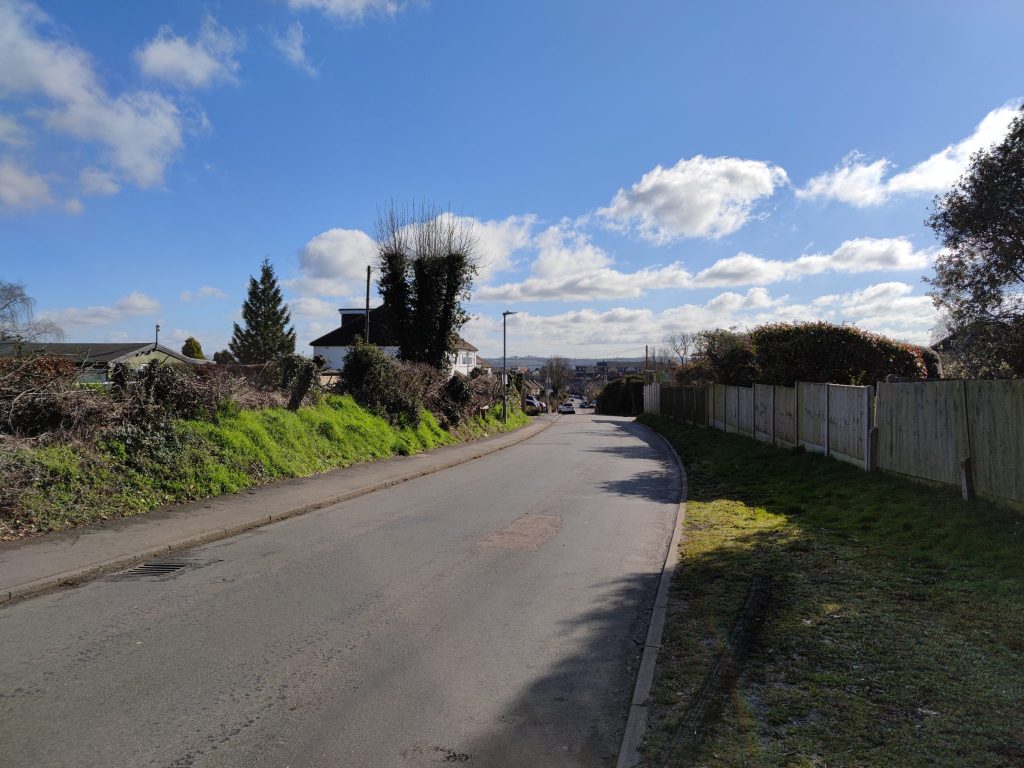
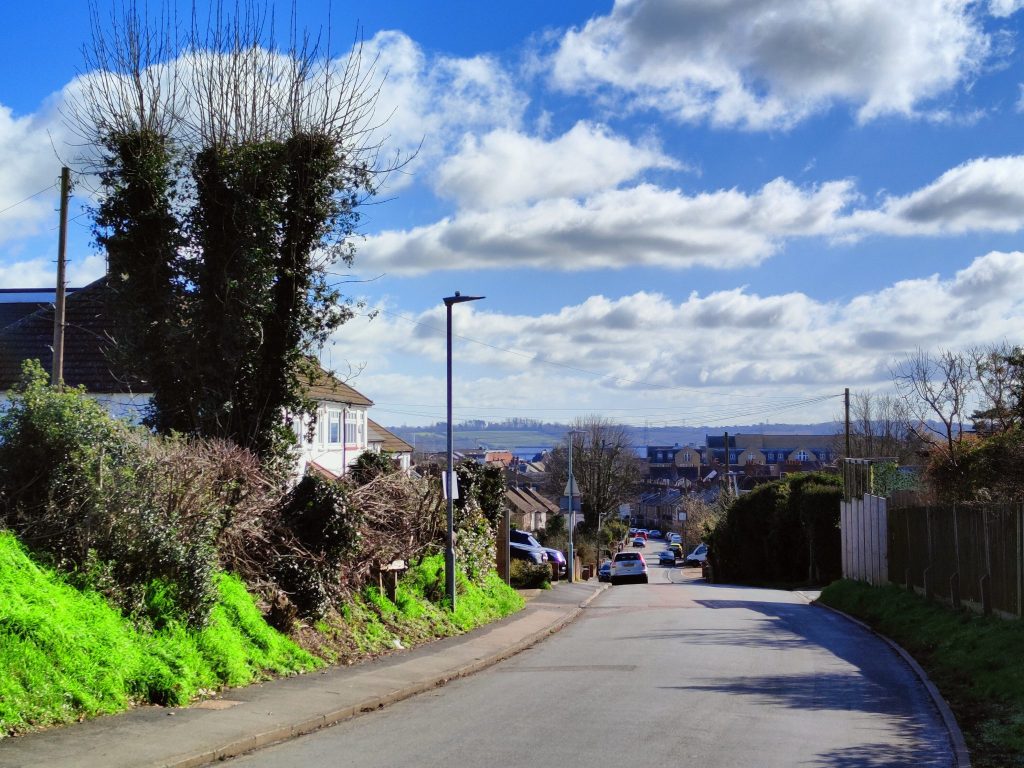

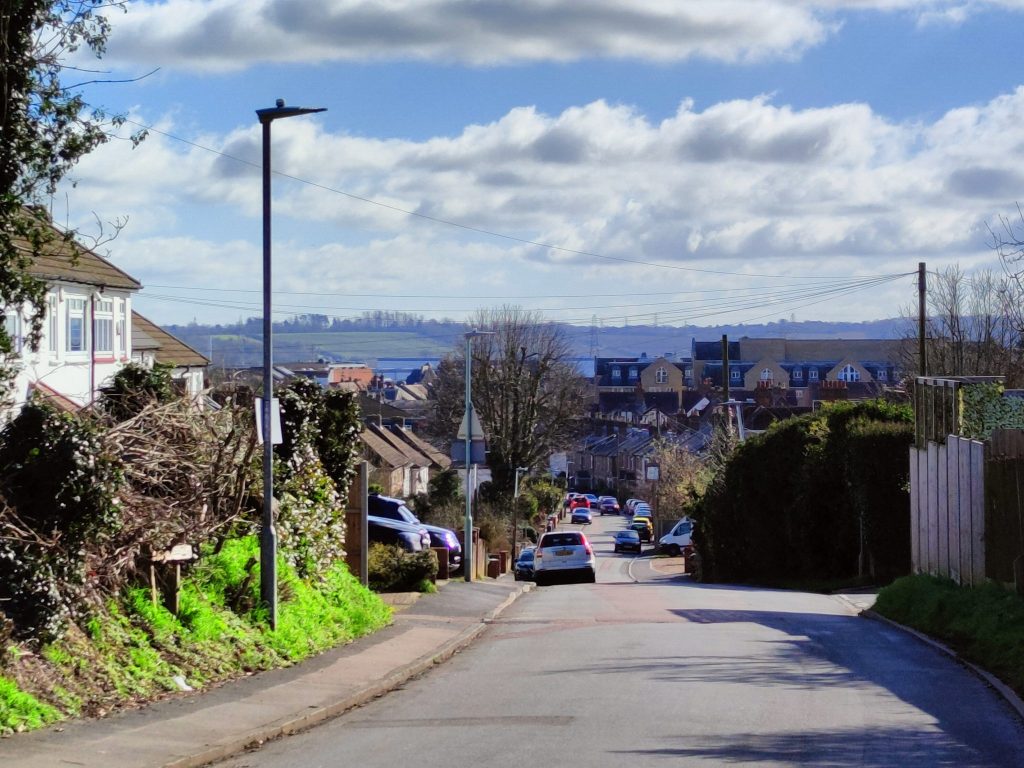

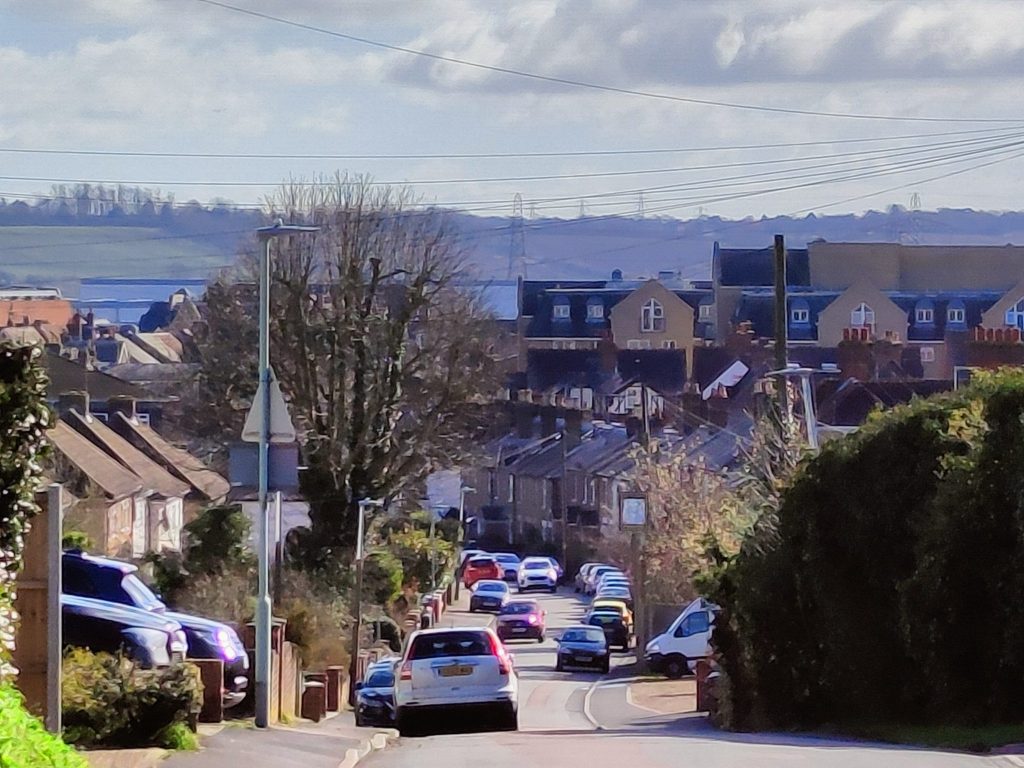



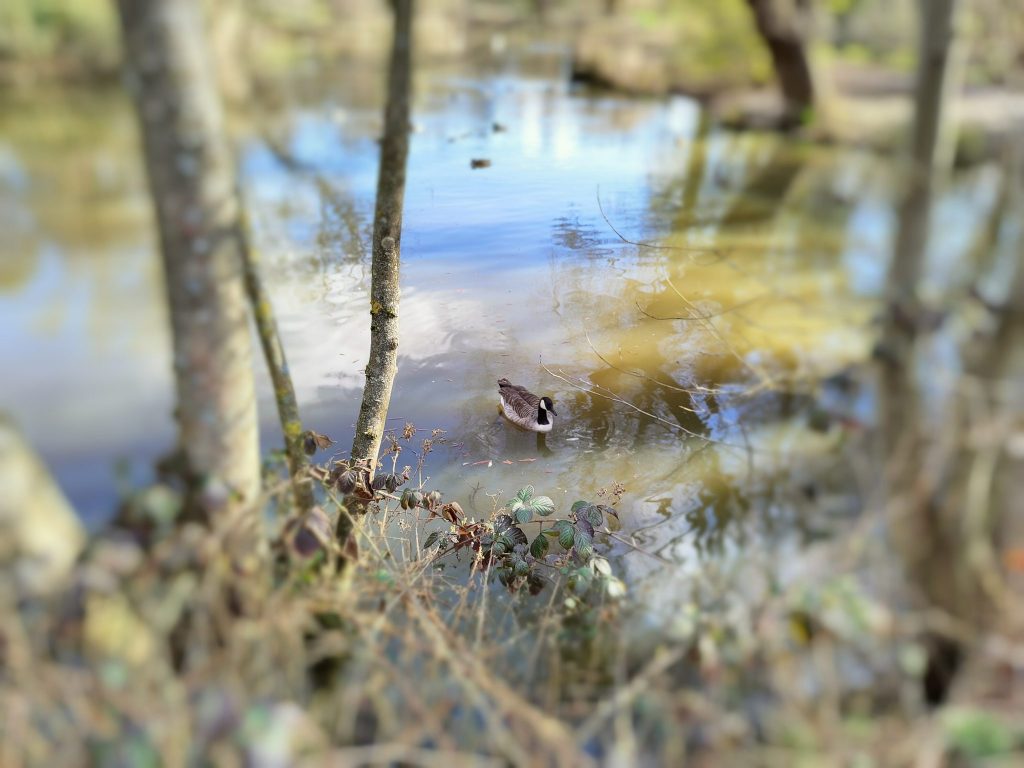




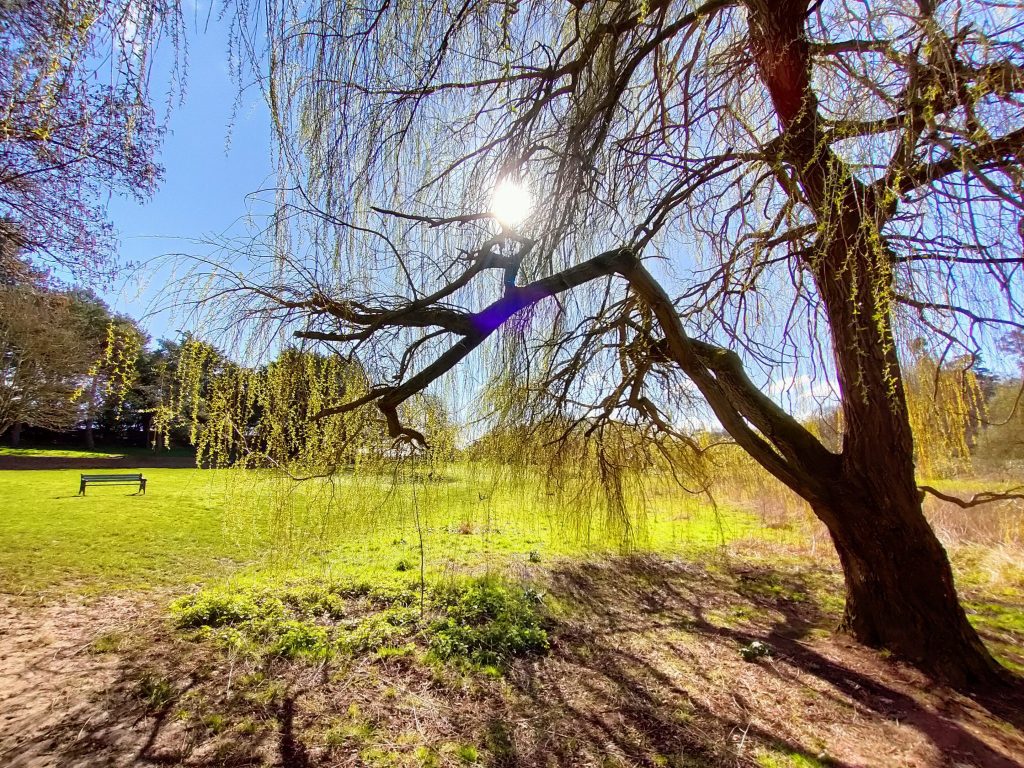






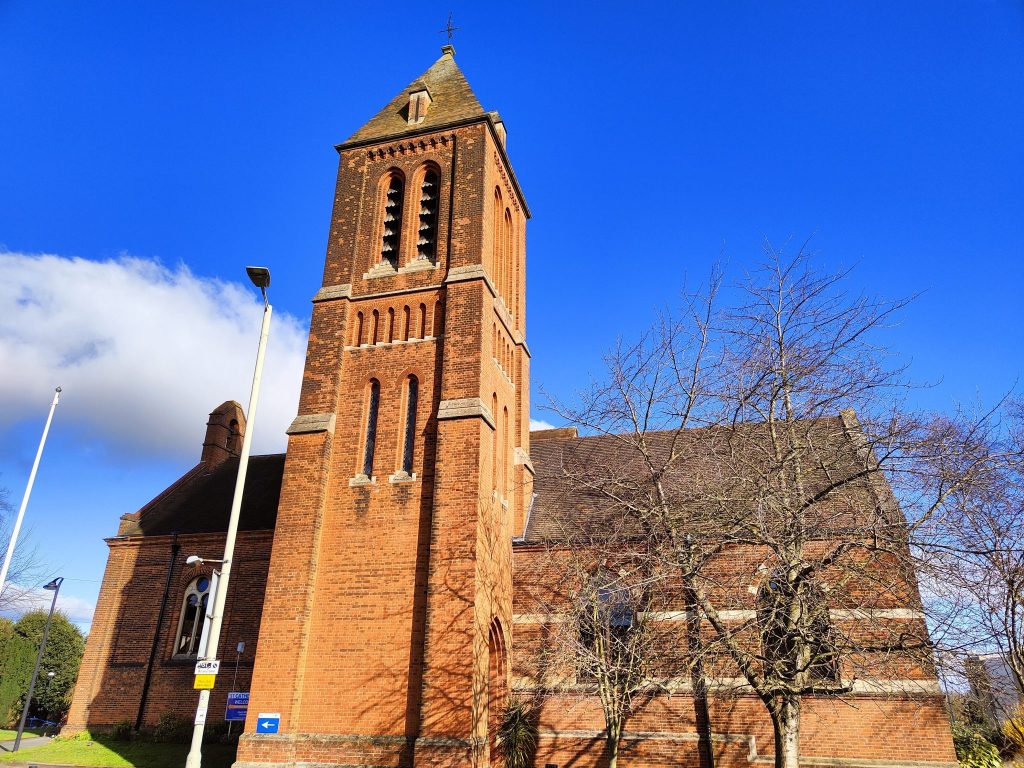



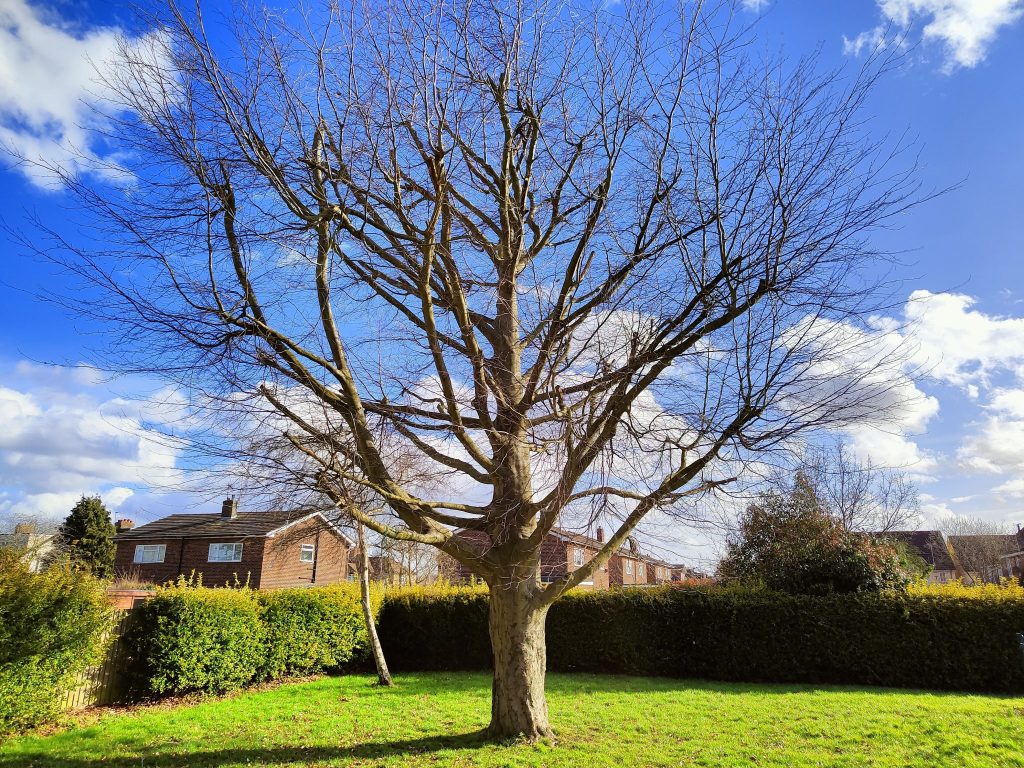
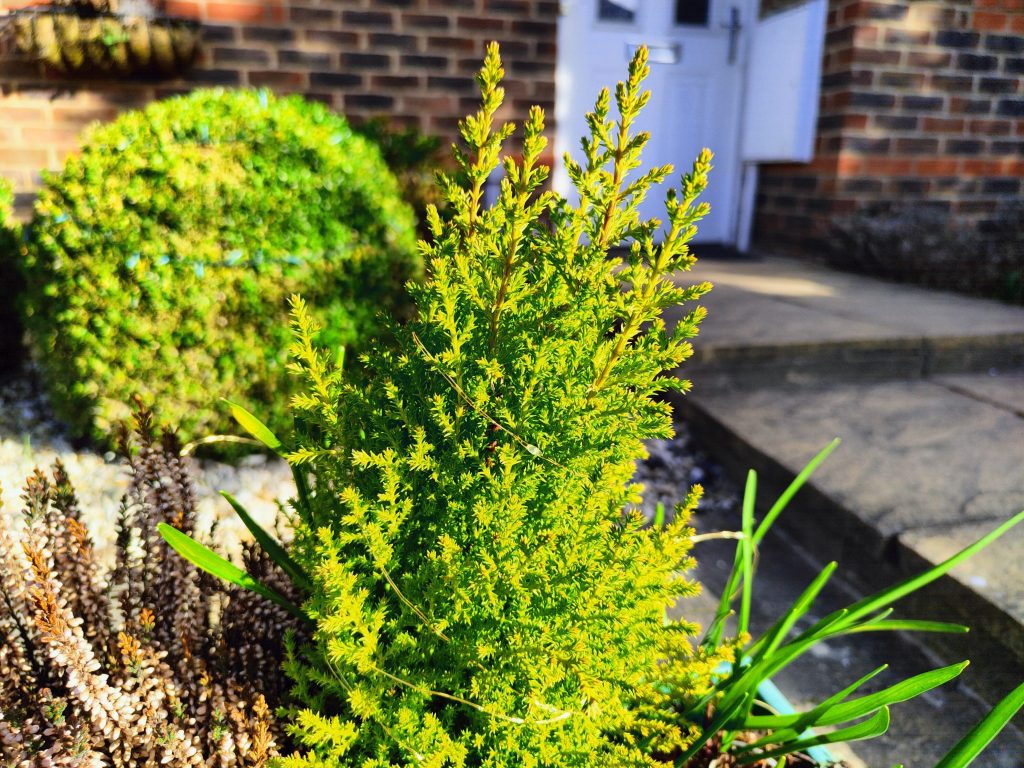
5 thoughts on “Realme 8 Pro Review: The latest in a line of affordable phones where photography is put first”